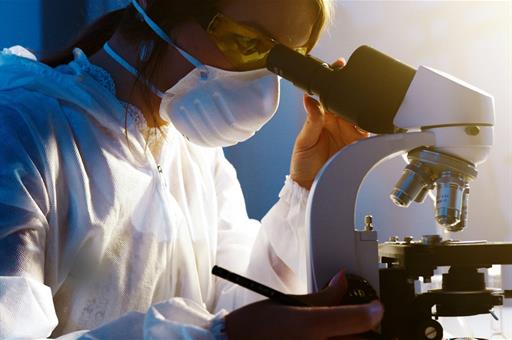The Spanish Foundation for Science and Technology (Spanish acronym: FECYT), through the Spanish R&D+i Observatory (Spanish acronym: ICONO), updated the bibliometric indicators of Spanish scientific production for the period 2006-2019 with data from the two main global databases of bibliographic references and references of a scientific nature: Scopus and Web of Science (WOS).
According to the data compiled, 17% of Spanish scientific productions in 2019 are among the most cited in the world, rising two percentage points on the figure for 2018 in the Scopus database, at the same level as Germany and France, with the latter two countries ahead in terms of the number of documents published. In WOS, 12.2% of publications are among the most referenced in the world.
By geographic distribution, according to Scopus, the autonomous regions that have the highest percentage of publications widely referenced - of excellence - are the Balearic Islands, Catalonia and Cantabria. In WOS, they are Catalonia, the Balearic Islands and Navarre.
As regards thematic distribution, according to Scopus, the areas in which our country has the highest percentage of widely referenced publications - of excellence - are Chemical Engineering (30.4%), Chemistry (29.1%), Immunology and Microbiology (27.1%) and Environmental Sciences (26.9%). According to WOS, they are Physics (15.6%), Medicine (15%), Space Sciences (14.3%) and Molecular Biology and Genetics (14%).
Spain is the country from among our peer countries to have risen most in 2019 in terms of the number of scientific documents published. In Scopus, our country achieved 93,417 publications, almost 6% up on the figure for 2018, while this amounted to 73,633 documents in WOS. This figure places Spain as responsible for more than 3% of global scientific production.
In addition, in 2019, our country maintained the global scientific impact of publications at 1.2, which means that Spanish scientific production is referenced 20% more than the global average.
According to Scopus, 59.8% of Spanish scientific productions were published in the best journals in each area, while in WOS the percentage of Spanish articles published in the best journals in each area stood at 52.1%.
More than half of all Spanish scientific production (56% in WOS and 50.4% in Scopus) is as a result of international collaboration, which continues to rise year after year. The main countries that collaborate with Spain are the United States, the United Kingdom, Italy, Germany and France. Italy has consolidated its position as our main European collaborator. The slight difference between the two databases is due to the number of journals referenced (Scopus has almost 23,000 journals while WOS has more than 18,000).
Non official translation





